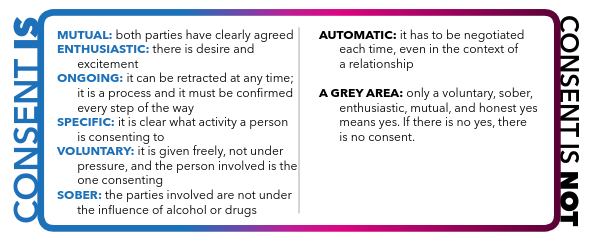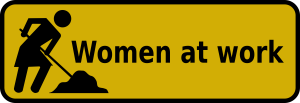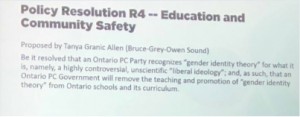
Education is one of the foundations of Canadian society … and so are human rights.
In Ontario, education is a “publically funded education system to support and reflect the democratic values of fairness, equity, and respect for all” (Policy/Program Memorandum No. 119, Developing and Implementing Equity and Inclusive Education Policies in Ontario Schools, Ministry of Education, 2013).
The Ministry of Education recognizes that factors such as race, sexual orientation, physical or mental disability, gender, and class can create students’ barriers to learning. There is evidence that some groups of students continue to encounter discriminatory barriers to learning. Research shows that when students feel connected to teachers and other students, they do better academically (Goleman, 2006).
So what does this mean to teachers?
Through Policy/Program Memorandum No. 119, school boards must seek out barriers to learning for all students. Teachers therefore must also address barriers to learning due to factors such as race, sexual orientation, physical or mental disability, gender, and socioeconomic status.
Recently, the Ontario PC Party passed a resolution to debate recognition of gender identity which was proposed by Tanya Granic Allen of the Ontario PC party. The resolution read as follows:
“Be it resolved that an Ontario PC Party recognizes ‘gender identity theory’ for what it is, namely, a highly controversial, unscientific ‘liberal ideology’, and, as such, that an Ontario PC Government will remove the teaching and promotion of ‘gender identity theory’ from Ontario schools and its curriculum.”
The debate of whether this “theory” is “unscientific or not”, is not meaningful to all the students in Ontario who differ in their gender identity. Students who differ in their gender identity exist in our schools and in our classrooms.
I will say this again, students who differ in gender identity are real and in Ontario classrooms. Students who differ in gender identity need to be supported through their human rights and freedoms and need to be protected against abuse and bullying.
By not discussing gender identity in classrooms presents the possibility of students who differ in gender identity not being accepted for who they are and how their difference is also real. Not discussing gender identity in classrooms puts these students at risk of abuse and bullying. Not discussing gender identity in classrooms means that teachers are being asked to pick and choose factors that can be barriers to student learning. Teachers must consider all aspects of the Ontario Human Rights code that include honouring students’ diversity in race, sexual orientation, physical or mental disability, gender, and socioeconomic status.
In not discussing gender identity, schools who ignore barriers to student learning risk violating the Policy/Program Memorandum No. 119, Developing and Implementing Equity and Inclusive Education Policies in Ontario Schools which advocates for “democratic values of fairness, equity, and respect for all” (Ministry of Education, 2013).
In promoting to “remove the teaching and promotion of ‘gender identity theory’ from Ontario schools and its curriculum” is not going to happen as this statement is against the Ontario Human Rights Code. The Ontario Human Rights Code supersedes any curriculum and therefore teachers can promote human rights within the Ontario Human Rights Code anytime in classrooms. Discussing gender and sexual orientation issues are part of the Ontario Human Rights Code.
Be aware, that Tanya Granic Allen has a history of odious discrimination against gender and sexual orientation rights, as well as the rights of other religious groups. The Ontario Liberals released a 2014 Granic Allen video which “spewed hatred and homophobia”. The CBC News article (May 5, 2018) states that “Ontario PC Leader Doug Ford says former party leadership hopeful Tanya Granic Allen will no longer be a candidate for the party” and followed with “We are a party comprised of people with diverse views that if expressed responsibly we would respect”. Ford goes on to state that “However, the fact is her characterization of certain issues and people has been irresponsible” but then Ford continues with “She is a welcome addition to our strong and diverse PC team.”
Granic Allen was removed by Ford “as a candidate for the party in the spring election [2018] after controversial social media messages she posted were made public” (Jeffords, November 17, 2018). Granic Allen is not a Minister of Provincial Parliament of Ontario for Bruce-Grey-Owen Sound; Bill Walker, MPP holds that position. Granic Allen, in May 2018, wrote in the National Post that “The accusation by the Liberals and the press that I am somehow against the dignity and human rights of LGBT+ people is a lie” (Granic Allen, May 8, 2018).
Granic Allen also has made comments against, gay marriage and Muslin dress. CBC news cites Granic Allen tweets and blogs dating back to 2013 speaking out “against gay marriage and compares women wearing burkas to ‘ninjas’ and ‘bank robbers.’ (David Donnelly, CBC News, April 10, 2018).
Another article cites Granic Allen as a “kingmaker” for Ford. “Without Granic Allen in the race, Ford wouldn’t have had enough votes to eke out his narrow win over Christine Elliott, and he [Ford] may not have leaned as hard to the right to court social conservative members” (Fitzpatrick, March 14, 2018).
The bottom line is that it does not matter if people differ in their opinions about gay marriage or gender issues, or even Muslim dress; what does matter is that when opinions violate and impact people’s rights and freedoms according to Ontario Human Rights Code, these becomes legal issues.
Respect for all.
Collaboratively Yours,
Dr. Deb Weston, PhD
References
CBC News, (April 10, 2018), Tanya Granic Allen under fire for online comments against gay marriage, Muslim dress, CBC News. Downloaded from https://www.cbc.ca/news/canada/toronto/tanya-granic-allen-under-fire-for-online-comments-against-gay-marriage-muslim-dress-1.4613483
CBC News. (May 5, 2018) Tanya Granic Allen no longer an Ontario PC party candidate after ‘irresponsible’ comments, Doug Ford says, CBC News. Downloaded from https://www.cbc.ca/news/canada/toronto/tanya-granic-allen-no-longer-an-ontario-pc-party-candidate-after-irresponsible-comments-doug-ford-says-1.4650360
Fitzpatrick, M. (March 14, 2018). Who is Tanya Granic Allen, the kingmaker in the Ont. PC leadership race, and what’s next for her? CBC News, Downloaded from https://www.cbc.ca/news/canada/toronto/who-is-tanya-granic-allen-the-kingmaker-in-the-ont-pc-leadership-race-and-what-s-next-for-her-1.4574500
Goleman, D. (2006). Social Intelligence: The New Science of Human Relationships. New York, NY: Bantam Dell, A Division of Random House.
Granic Allen, T. (May 8, 2018). Tanya Granic Allen: I’ve been slandered. It’s time to set the facts straight, The National Post, Downloaded from https://nationalpost.com/opinion/tanya-granic-allen-ive-been-slandered-let-me-set-the-facts-straight
Jeffords, S. (November 17, 2018). Social conservatives say their voice is being ignored at Ontario Tory convention, The Canadian Press. Downloaded from https://www.thestar.com/news/queenspark/2018/11/17/social-conservatives-say-their-voice-is-being-ignored-at-ontario-tory-convention.html
Ontario Ministry of Education. (2013). Policy/Program Memorandum No. 119: Developing and Implementing Equity and Inclusive Education Policies in Ontario Schools, Government of Ontario. Toronto.
Ryan, R. (November 17, 2018). Ontario PC Party passes resolution to debate recognition of gender identity, Global News. Downloaded from https://globalnews.ca/news/4673240/ontario-pc-recognize-gender-identity/

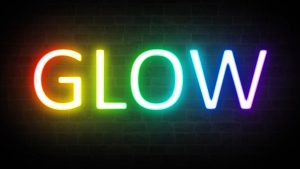
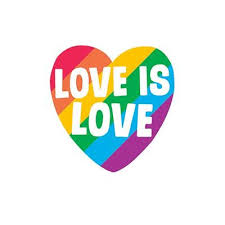

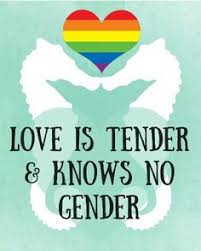
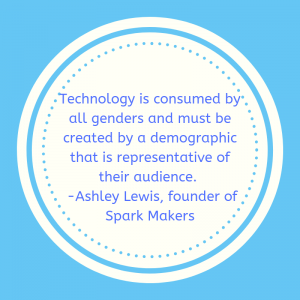

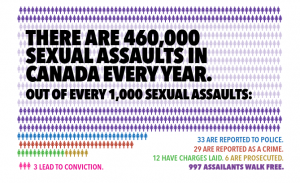 imately 460,000 women are sexually assaulted, although only a fraction of them report the assault to the police (1).
imately 460,000 women are sexually assaulted, although only a fraction of them report the assault to the police (1).